After completing the majority of the year with my students I had a pretty solid understanding of how to teach them effectively. I felt confident in my abilities to teach because I have seen them progress so much already. For this lesson, I decided to focus on a social studies lesson that integrated a science topic. The social studies standards in kindergarten are a short list, thus the kindergarten team at my school have a set themed schedule that they follow from year to year. This week the theme was the rainforest. For the entire week we focus on the various animals, layers, plants, and characteristics of the rainforest. The particular lesson that I taught for my observation was on the sloth. I used a couple of teaching methods within this lesson such as a read-aloud, a guided release, and technology. At the kindergarten age, having a structured lesson is beneficial for them because it gives them a sense of industry and competence in which they need to achieve at their developmental stage according to Erikson’s psychosocial stages (1959). After a pre-conference with my CT, she suggested that I focused on the sloth because she had an activity that they would work towards being able to do at the end of the week. Additionally, she said that this was an animal that many children are unfamiliar with so it introduces them to new knowledge.
Teaching this lesson revealed a surprise that I hadn’t expected. When I showed the video of a sloth crossing the street, the amount of excitement and enjoyment that emanated from the students was something that I would like to replicate in lessons to come. I assume that this excitement was because the generation that these students have been raised in has integrated technology almost as a second language in their life. With this in mind, these students learn best with technology because they have been using it since they were born. It is something that comes natural to them, so why not increase using it in the classroom. Originally when I had planned my lesson, I hadn’t planned for the video. However, after reviewing the lesson plan with my CT she suggested using a video she had seen on Facebook recently. She thought that it was a good opportunity for the students to see what a real life sloth acts like. Reading about an animal can only illustrate so much, the video gives the students a chance to see it how slow it’s motion actually is. After post-conferencing with my CT and reflecting on my own, I thought that the structure of my lesson flowed nicely. There were so many different components that kept the students engaged. First they had the read aloud, then we filled out the flip book, then to give the students a break I played the video. When the video finished the students worked independently on their pictures and sentences. According to Boushey and Moser (2014) students brains can only stay attentive and focused for 10 minutes—give or take a few minutes based on age—without some sort of change. Since my lesson was only about forty five minutes, my lesson structure correlated with their studies. A student that I noticed did well with this lesson was my ELL student. When I first began my internship in the class, she didn’t know very much English at all. One day I saw that she checked out a Zootopia book, in which I remembered when it came to me teaching this lesson. One of the characters in the movie and book is a sloth and I knew that making a connection to that character when teaching about the sloth would support her learning and the other students’ learning as well. Now that she is able to express herself better than in the beginning of the year, after the lesson she told me that favorite animal was a sloth. When she told me this, I couldn’t help but feel a sense of joy because I felt as though I made the lesson relatable to her. Going off of this, my ELL accommodations for this lesson included having that visual aid of a video, drawing small pictures by the word or phrase within the flip book, and allowing the students to express their knowledge not only through words, but also through a picture with labeling. This allowed ELL students to display any gap of English knowledge through a picture. Additionally, through my differentiation I was able to pull students back that were struggling with developing their sentences. While they worked with me, I would ask them what sentence they were desiring to say (or give them a short sentence depending on level) and then drawing lines symbolizing each word within the sentence stated. This gave them support and guidance to complete writing their sentences with.
If I had the ability to go back and do things differently or teach this lesson again I would like to increase the differentiation that I had in my lesson. I feel like I could have differentiated the flip book better so that my below level students were able to follow along at a better pace and not get frustrated. I might also want to some how give students an opportunity to choose what type of independent work they wanted to do to show their knowledge. Having a choice would give them that sense of industry I mentioned earlier and it would also be differentiating for the students learning style. Another thing that I would like to explore are the literature about sloths that are available. The book that I used was the only text available at my school library about sloths. The book was an informational text and a little dry for this age of students. I would like to research the literature about sloths to see if there are any engaging and more exciting non-fiction books about them. If I were to teach this again, I would definitively begin my lesson with a Zootopia movie clip of the sloth characters. Then I would maybe create a KWL chart asking the students what we already know about sloths. This would almost serve as my pre-assessment because I would be able to see what information they already know about sloths so I could focus more on new information within the book. The Zootopia video would start them off right by creating that connection and engagement that every teacher desires in a lesson. The KWL chart would give the students a first look of how to structure old learning with new learning. This class graphic organizer also enables the students to stay engaged throughout the read-aloud because they would be able to visually see their learning as they stated it orally. After teaching every lesson there are always things to improve on and new ideas that would be better next time. It’s a learning process that never ends!
References:
Boushey, G., & Moser, J. (2014). The daily 5: Fostering literacy independence in the elementary grades (2nd ed.). Portland, ME: Stenhouse Publishers.
Erikson, E. H., Paul, I. H., Heider, F., & Gardner, R. W. (1959). Psychological issues (Vol. 1). International Universities Press.
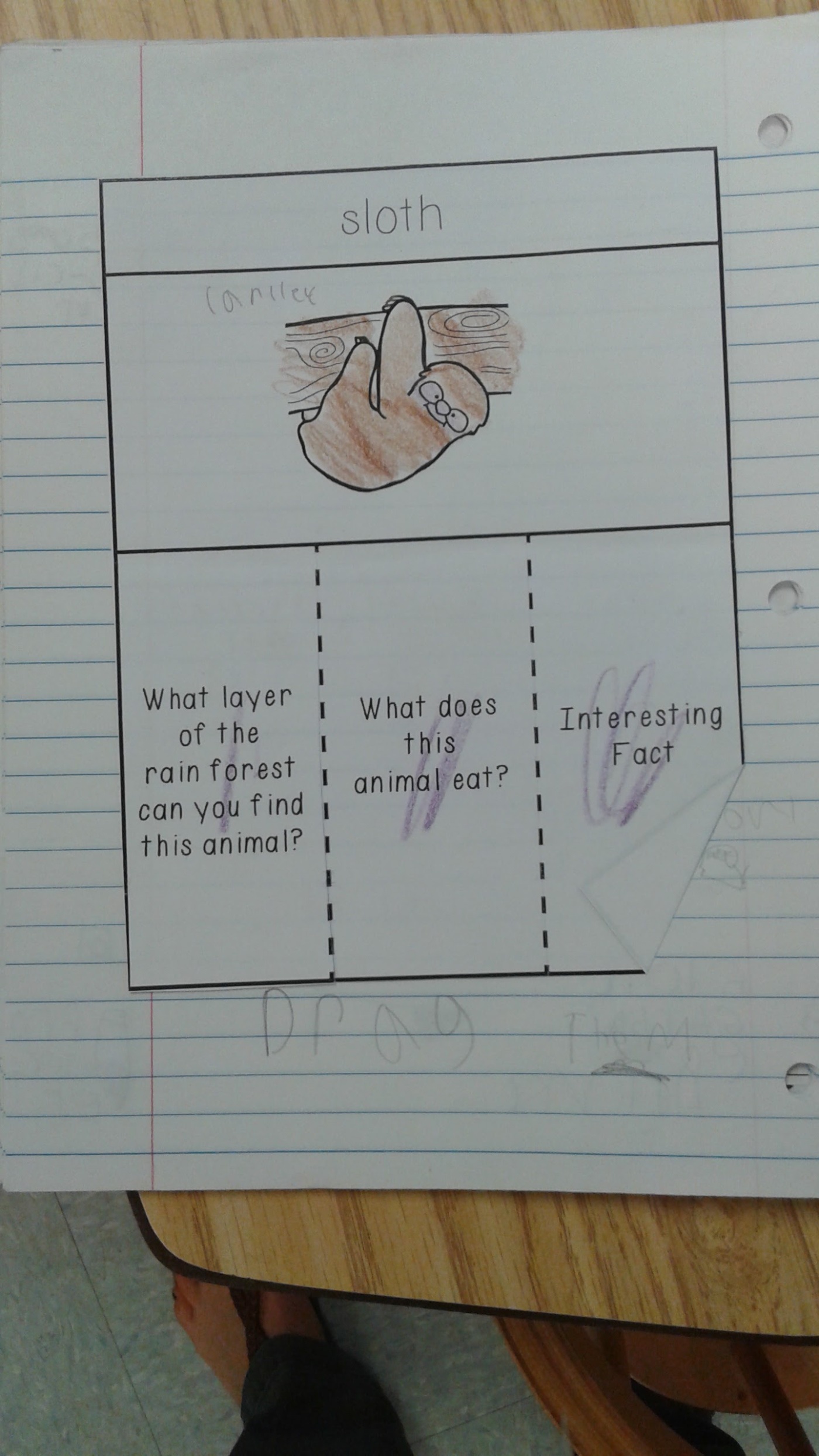
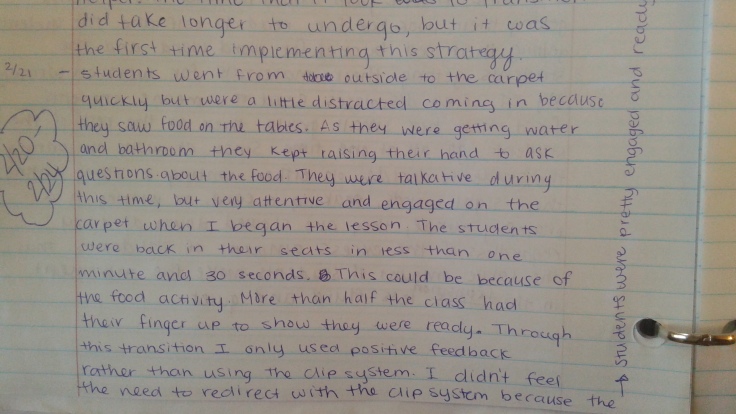
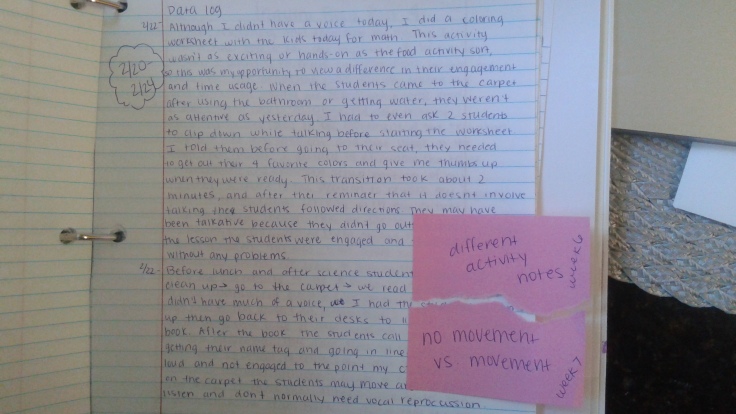
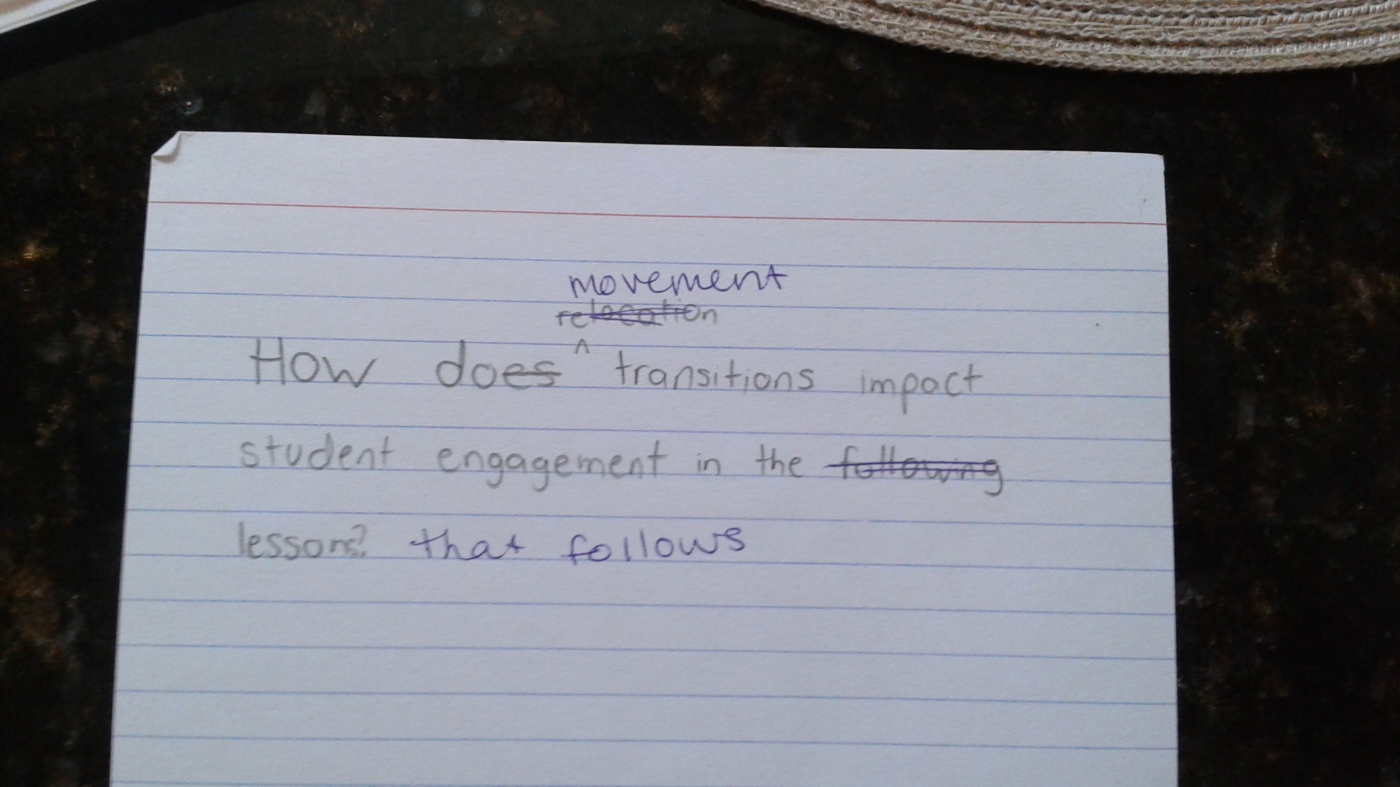




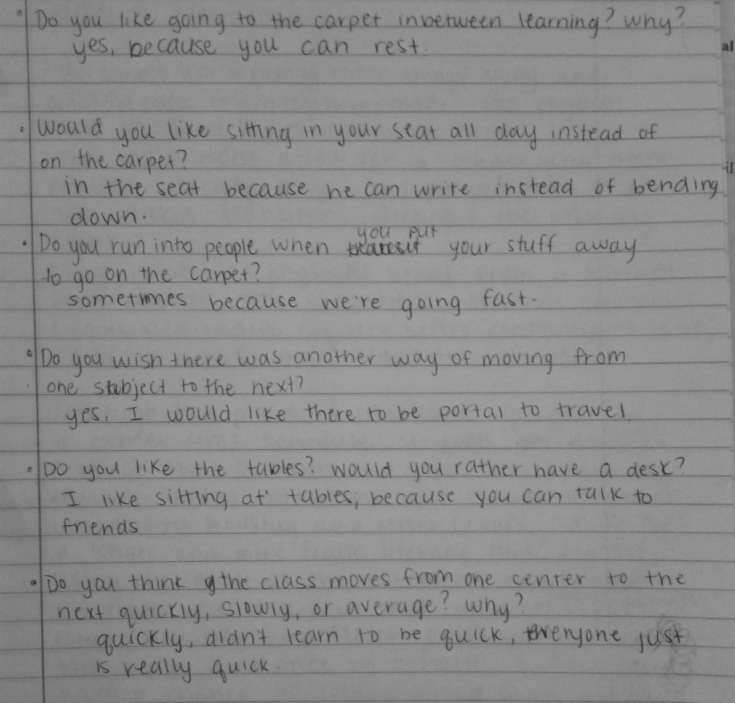
Recent Comments